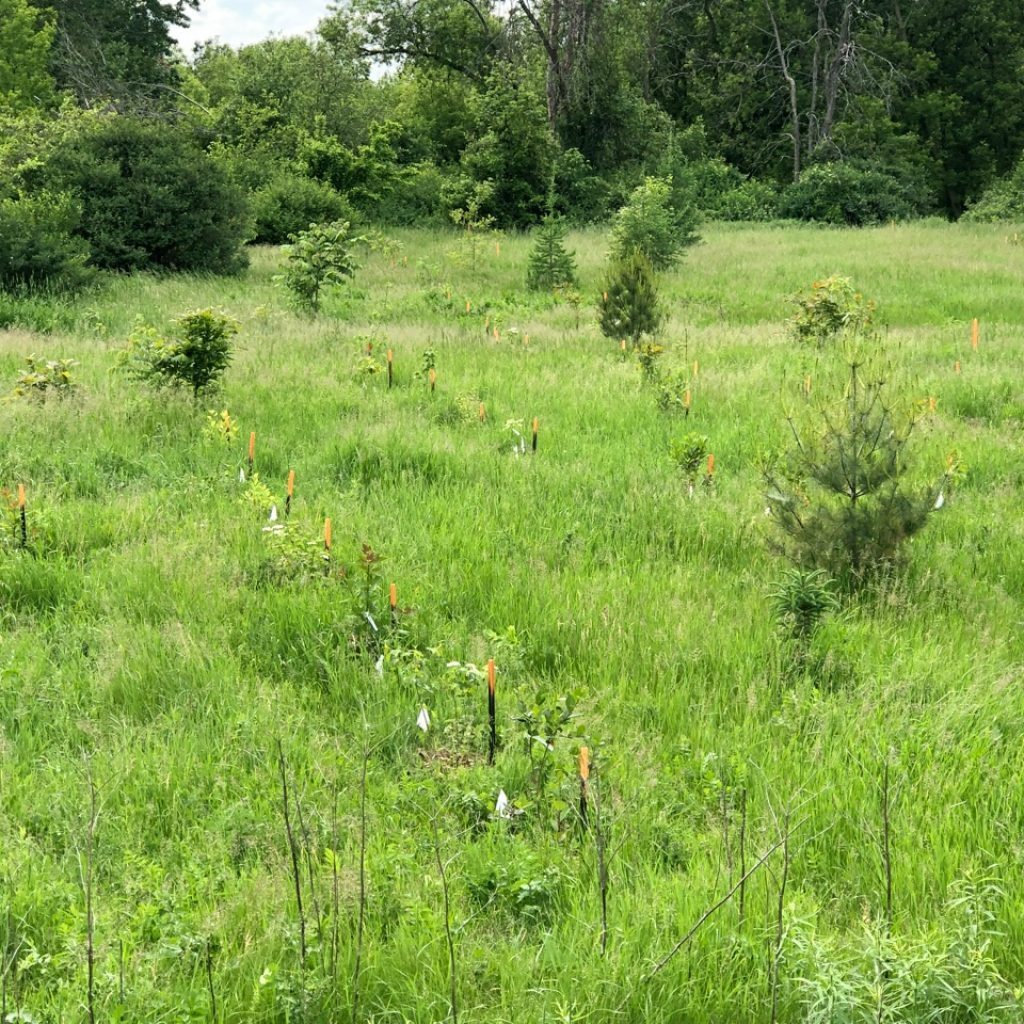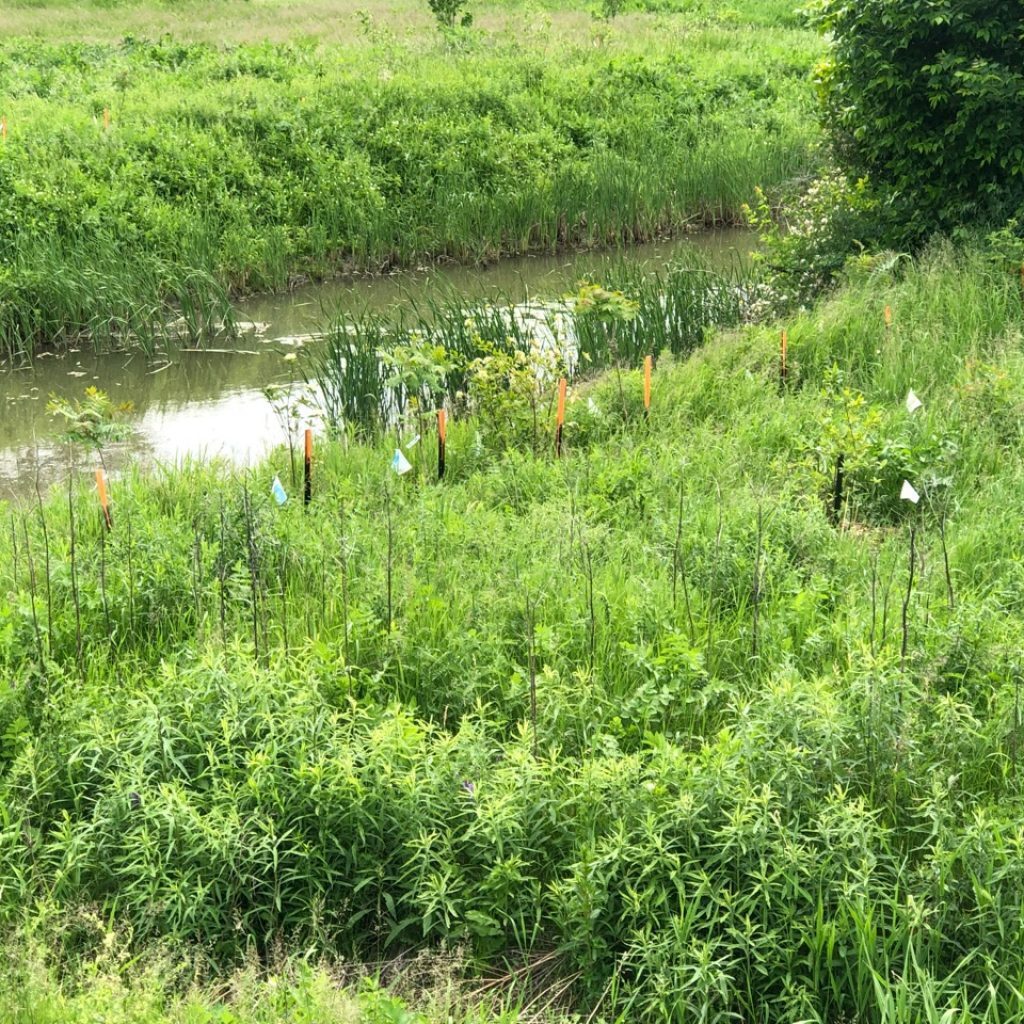Green Infrastructure – A Sustainable Local Solution to the Climate Crisis
By Kimberly Bray, Green Infrastructure Research Assistant at the City of Cornwall Assistant to Angela Parker, Sustainability Project Coordinator
Since declaring a climate emergency back in December 2021, the City of Cornwall has joined ranks with 500 other Canadian Municipalities to recognize the global climate crisis1. One strategy to mitigate the impacts of climate change is implementing green infrastructure to strengthen local sustainability. Green infrastructure is a blend of natural and man-made solutions that provide economic, environmental, health, and social benefits. Examples of green infrastructure include urban forests, stormwater ponds, parks, gardens, and areas of natural heritage2. At present, Cornwall has seven community and pollinator gardens. In addition to our beautiful parks that give us ample green space in the inner-city, there are also stormwater retention ponds throughout the City, that prevent flooding after a heavy rain and help improve water quality3. Green infrastructure is essential to any climate resilient city prepared to handle unexpected weather events. Most importantly, green infrastructure is an integral part of Canada’s Emissions Reduction Plan by 2030 for a sustainable future4.


The City of Cornwall has committed to becoming more locally sustainable through green infrastructure. Recently, the City partnered with the Raisin River Conservation Authority in a riparian restoration project to plant 350 trees and shrubs just north of Pitt and Tollgate along the south branch of the Raisin River. This was a great community event that I had the opportunity to be a part of. I witnessed the environmental benefits of restoring a waterway like the Raisin River. My role as the Green Infrastructure Research Assistant for the City is funded by the Canadian Parks and Recreation Association and Parks Canada. The work I will be doing this summer involves a cost-benefit analysis of the current natural infrastructure in place and future opportunities. I will be developing an inventory of the natural (green and blue) infrastructure in Cornwall to better understand how to incorporate it into natural asset management. I plan to map out the City’s natural infrastructure within the municipal boundary and identify future areas to implement more. At times, green infrastructure can be more cost-effective than human-engineered infrastructure such as seawalls or pipelines. Through my role, I aim to explore how much the City can save by using greener options to contend with emerging challenges from climate change and extreme weather events. Once my inventory is complete, I will connect with other Ontario municipalities to see what they are doing and to learn from them. Hopefully, this work will help us to understand the benefits of green infrastructure and why it is the best foot forward for the City of Cornwall.
For more information refer to websites at the City of Cornwall. Green Infrastructure Ontario and Environment and Climate Change Canada.
- Environment – City of Cornwall
- What Is Green Infrastructure? – Green Infrastructure Ontario
- Flood Risk Reduction – City of Cornwall
- 2030 Emissions Reduction Plan – Canada’s Next Steps for Clean Air and a Strong Economy – Canada.ca





